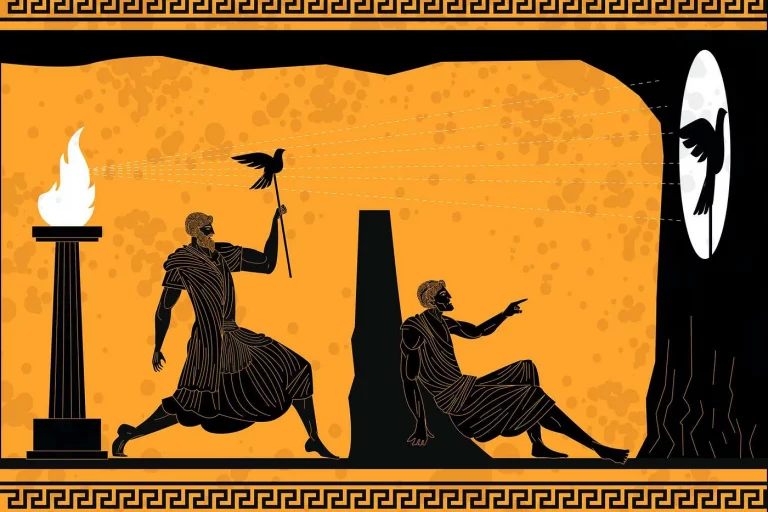Tell me a story: augmented reality technology in museums

Museums around the world today face the challenge of increasing and maintaining visitor numbers, especially with younger audiences. A fall in visitors is seen by most as a negative outcome, both financially and in terms of wider social and educational impact. It can happen due to a range of factors, but one of the most important is that museums can often find themselves competing with the products of the entertainment industry, which at its heart is in the business of telling a good story.
The EU-funded Chess project (a shorter name for the much longer Cultural Heritage Experiences through Socio-personal interactions and Storytelling) plans to make interactive content such as games and augmented reality available to the entire museum sector.
“The project relies on visitor profiling, matching visitors to pre-determined “personas” – which are designed as a representative description of the various people that constitute a given museum’s visitor base. These are created through data from surveys, visitor studies and ethnographic observations. A given visitor is matched initially through a visitor survey to one of several representative personas, which in turn influences fundamentally the experience delivered by the Chess system.
Doing this makes the visitor experience non-linear. The system constantly adapts to a visitor’s preferences. For example, if a visitor fails in a game or stays longer in front of certain artefacts, the system can adapt the storyline. It makes the experience more dynamic and relevant, so instead of sending the visitor to X exhibit, the system might instead choose to send you to Y exhibit, where you will get more information that’s relevant to what you’ve shown an interest in.”



